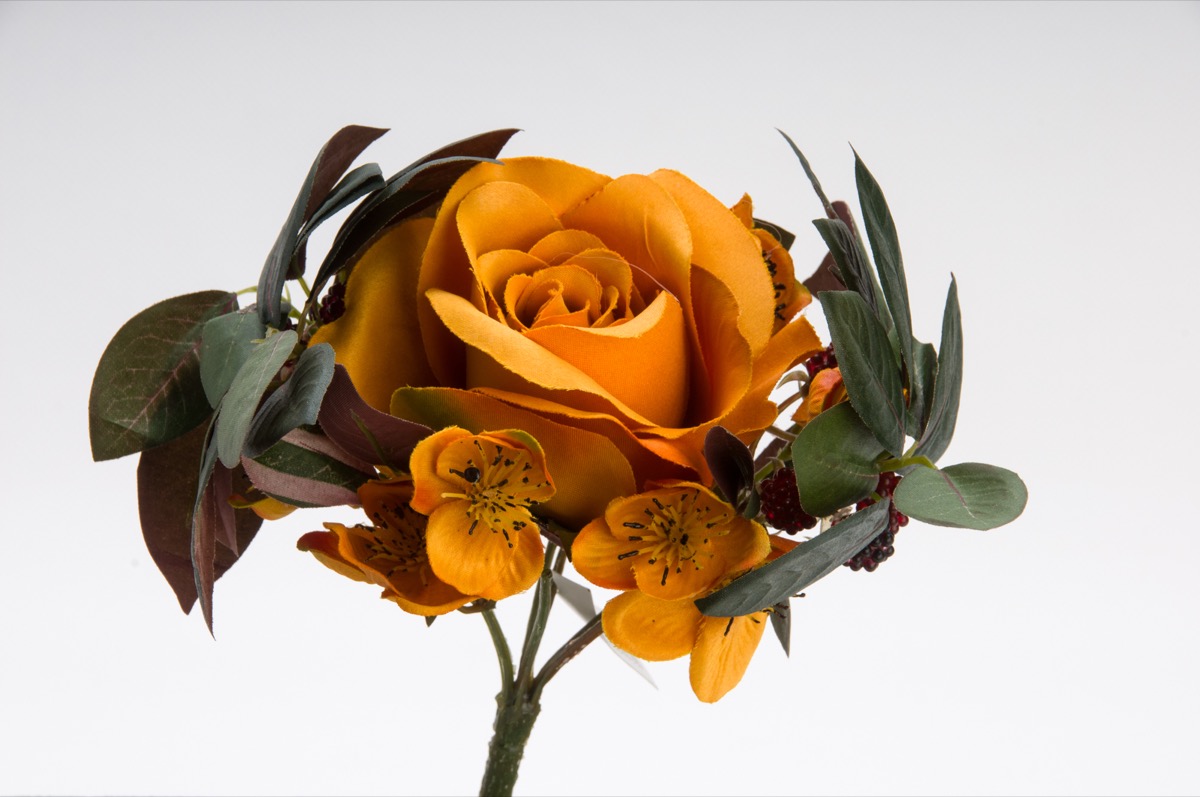With over 150 species and thousands of cultivars roses come in a stunning array of colors sizes and bloom forms. When selecting roses, such as for a special bouquet or garden, it’s important to pick the freshest, highest quality blooms. Follow these tips on what to look for when evaluating roses
Examine the Buds
Start by looking at the unopened buds. Choose roses where the buds are still tightly closed or just beginning to open. Buds that are not quite fully open will continue opening into a beautiful bloom. Avoid roses with buds that are already mostly open, as they will have a shorter vase life.
Check the Petals
Gently touch the rose petals. They should feel soft and velvety. Crisp, firm petals indicate a fresher rose. Wilted, drooping or dull looking petals signal an older bloom that was likely cut some time ago.
Look for Bright, Vibrant Color
Fresh cut roses will have bright, luminous color in the petals. Older roses lose vibrancy, taking on a faded, muted appearance. Always select roses with rich, vivid coloring.
Inspect the Leaves
Leaves on newly cut roses will be a bright green or sometimes white near the stem. Older leaves turn darker green, yellow or brown. Check that the leaves are intact and not shrivelled or spotted. Damaged leaves detract from beauty and shorten vase life.
Evaluate the Stem
Hold the stem and try gently bending it. A strong flexible stem indicates a freshly cut rose that was kept hydrated. Weak mushy stems that break easily mean the rose is old. The stem should be sturdy enough to support the head without drooping.
Check for Damage
Carefully inspect each rose for signs of damage, such as crushed or browned petals, puncture wounds, torn leaves or discolored edges. Any flaws or imperfections will get worse over time, so select only pristine roses.
Smell the Rose
A rose’s fragrance is an indicator of freshness. Bury your nose in the bloom and take a deep inhale. The stronger and sweeter the scent, the fresher the rose. Old, neglected roses lose their signature fragrance.
Buy Locally Grown
Locally grown roses don’t have to travel far between harvest and your vase. The shorter time from garden to florist means better quality blooms that will last. Imported roses are often picked early and spend days in transit, shortening vase life.
Know Where Roses Were Kept
The holding conditions at the florist can affect freshness. Look for roses displayed in clean water under refrigeration. This hydrates stems and preserves them better than being left dry in a hot warehouse.
Plan to Use Roses Quickly
Select roses just 1-2 days before your event or use. Buying them long in advance means they’ll be past peak by the time your occasion arrives. Let the florist know when you need them so roses are ordered to bloom on schedule.
Following these rose selection tips will help you identify and choose the best, freshest blooms possible. Taking a little extra time to inspect roses carefully pays off with their optimum beauty, fragrance and longevity.
How to Pick Roses
FAQ
How do you pick the right rose?
Do you have to cut rose stems for a vase?
How do you harvest a rose?
How do you cut a rose?
Here’s how I do it: Cut the roses early in the morning when they’re most hydrated. Make a clean cut at a 45-degree angle about one inch from the bottom of the stem. This increases the surface area for water absorption. Use pruning shears with a ‘cut and hold’ feature to avoid damaging the stems.
How do I choose the best rose varieties?
When I pick rose varieties, I always consider the specific type that suits my garden’s conditions. Full sun is essential; roses thrive with at least 6-8 hours of sunlight, preferably in the morning.
How do you choose a rose color?
The amount of sun and shade you get may be a factor you consider when you choose rose colors, too. “Red roses tend to have improved color in part shade, and light-colored roses show up well in shady spots,” Lakatos says. Roses are more likely to stress if they get morning shade followed by hot afternoon sun.
- A Complete Guide to Caring for Yuki Cherry Blossom Shrub - January 23, 2025
- Identifying Red Hot Poker Seeds: What to Look For When Harvesting Torch Lily Pods - January 23, 2025
- A Complete Guide to Harvesting Evening Primrose Seeds - January 23, 2025

